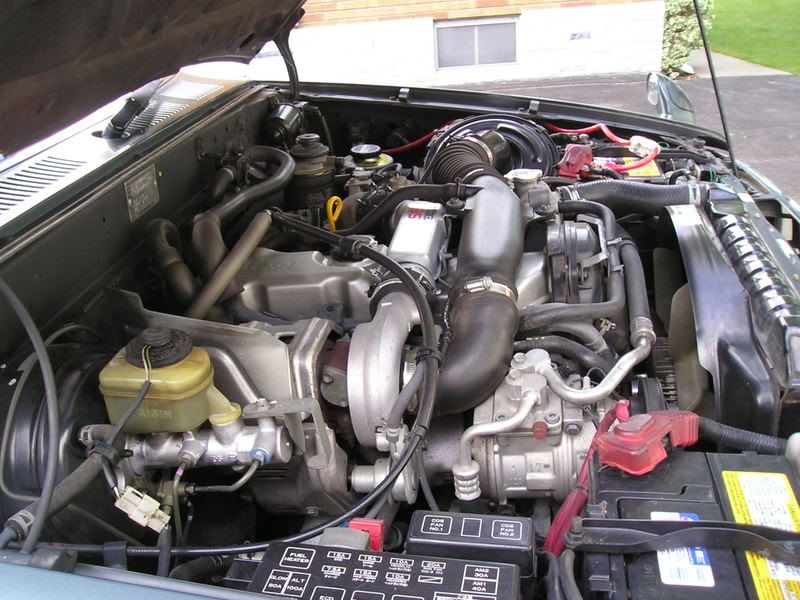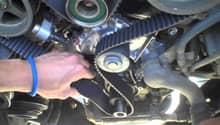Toyota 4Runner, Tacoma, and Tundra: How to Clean Your Engine Bay
Don't let mud ruin the look of your engine bay. Clean your Toyota truck using these tips.
This article applies to the Toyota 4Runner, Tacoma, and Tundra (1984-present).
Pop the hood of your Toyota 4Runner, Tacoma or Tundra and you could find varying degrees of mud, dirt and other deposits. Don't worry, these can be easily removed using everyday cleaning projects and effective DIY solutions. Depending on the amount of contaminants on your engine bay, you may be able to finish the job in as little as 30 minutes. If you visit a professional detail team, expect the entire process to take at least several hours, depending on what types of other detailing services you want done. So, pop the hood of your truck, and let's get started!

Materials Needed
- Garden hose or high-pressure water hose
- Degreaser (such as Simple Green, Engine Brite or Gumout
- Bristled brush, toothbrush, or wash wand
- Microfiber cloth
- Engine bay protectant
Step 1 – Hose down the engine bay
Using a light spray of water, hose down your engine, removing mud and other dirt particles. If your notice the deposits are not lifting, apply a high-quality degreaser to the entire surface of the engine bay, paying special attention to stubborn deposits. (Simple Green, Engine Brite and Gumout are the go-to brands for all Toyota trucks.) Allow the product to work for several minutes, adding it with a toothbrush, wash wand (cleaning tool) or bristled brush, if necessary, and then rinse it off or wipe it clean with a microfiber cloth. Products vary, so check the instruction manual for specific processing times.

Pro Tips
- It is also safe to use a heated high-pressure water hose when cleaning your engine bay; however, it's recommended that you cover all electrical parts, including the battery, alternator and fuses with pieces of plastic (as a preventative measure) before doing so. You can also use a standard garden hose.
- If you do choose to go the professional route, keep in mind, professional steam cleaning services can be costly.
Step 2 – Keep the hood open
You have two options when it comes to drying your engine bay: You can either allow it to dry on its own, as it would after rainfall (assuming any water reached the engine bay), or you could 'towel dry' it using a microfiber cloth. Don't forget to use a engine bay protectant once you are done cleaning and drying the engine bay; see manufacturer's instructions for use.

Step 3 – Visit a professional detailer (optional)
Advanced automotive detailing is available. However, costs vary depending on region and the types of service you want done and whether additional services to the interior will be added to your cleaning package.

Related Discussion
- Cleaning Engine Bay - Yotatech.com






